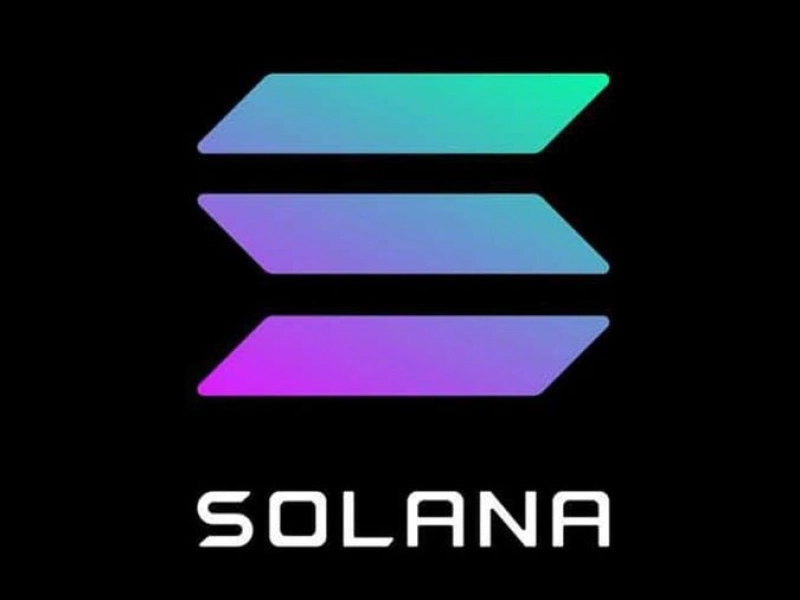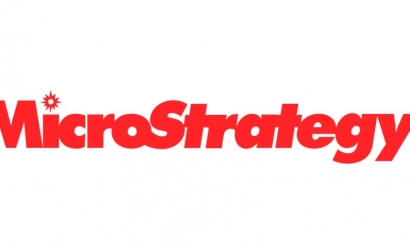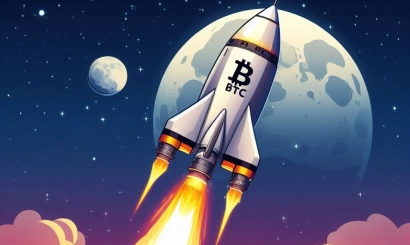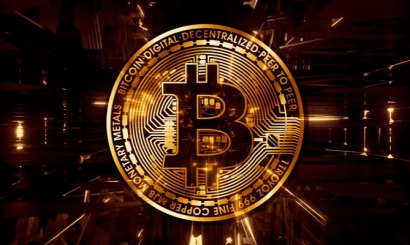New Reputation. What will happen to the Solana ecosystem and the price of the SOL token?
Solana developers managed to get rid of associations with bankrupt FTX and Alameda. Talking about the prospects of blockchain and its native token
Solana's systemic association with the collapsed FTX exchange and Alameda Research has taken a heavy toll on its reputation. However, despite negative evaluations from the community, the departure of a number of projects to other blockchains, and the drop in the price of the SOL token, the protocol itself has managed to hold up, and the emergence of new services increasingly helps rid it of unwanted associations. The Solana network remains technically innovative and has seen an increase in activity, both in the number of developers participating in projects and in the amount of money in circulation of existing decentralized financial protocols.
The consolidation of the Solana community has made it possible to create a replacement for those ecosystem entities in which FTX or Alameda previously played a prominent role. For example, the decentralized exchange OpenBook succeeded Serum, a key liquidity provider for the ecosystem. After losing more than 96% of its value in 2022, the network's native token Solana (SOL) looks attractive to investors again, judging by its capitalization growth.
"After the money-grubbing opportunists were washed out of the ecosystem, blockchain has a great future," Ethereum co-founder Vitalik Buterin wrote in late December 2022 in support of Solana. After his comment, where he also said that he had heard about a really strong community of developers involved in the ecosystem, the price of SOL reacted with a sharp rise of more than 20%.
The influx of liquidity
Solana's record-low transaction fees are one of the key factors contributing to its attractiveness to DeFi- and NFT-platform developers, as well as the expansion of these areas in the crypto industry as a whole. In Ethereum's case, even with network scaling solutions such as Arbitrum or Optimism, almost any network interaction scenario will cost a few dollars per transaction, which in itself is uncomfortable for the mass user and, as a result, slows down the spread of the technology.
It is possible to work comfortably with platforms on Solana even at the lowest available liquidity - on the order of $10 or less. Low network fees also matter for games and social networking applications, which can run on Solana's core network without the need for any add-ons. Similar decentralized applications for Ethereum on Layer 2 blockchains are creating additional networks that meet the necessary requirements, such as Arbitrum's Nova.
In February, the developers of the Helium Network protocol, with a market capitalization of more than $180 million, planned to migrate it to the Solana network in late March, but later postponed it until April, citing unpreparedness in the community. The postponement of the expected date had a negative impact on the price of the project's native token (HNT), which plummeted more than 21% at the moment. However, if Helium's transition to Solana does happen soon, the ecosystem will see an impressive influx of new liquidity, as well as additional activity from new community members.
The second significant recent event for the Solana ecosystem is the Grizzlython hackathon, the organizers of which recently finished accepting applications. The contest has attracted 800 new projects, with up to $5 million in development funding. The success of even a small number of hackathon projects can lead to the emergence of innovative infrastructure products in the ecosystem.
The price of a token
Despite the generally optimistic fundamental analysis, technical indicators of SOL price do not look bullish. The price of the coin has failed several times to pass resistance and consolidate above the $25 level. The stock trades inside a symmetrical triangle pattern, and the next move could start with a rapid spurt after the price breaks above or below the triangle.
The closest level of support, which has stopped the price fall in 2023 more than once, is the $20 mark. More conservative and less risky purchases are possible at the next support level of $15-16. The lowest point from which you can predict an upward price movement in case of a new stage of a bear market or ecosystem problems is the support level of $10, which on the daily timeframe also coincides with another indicator, the Dodgy candlestick, which is marked the change of the trend of the coin on January 1, 2023.
Technical analysis: what every investor should know
The situation on the chart of tokens in pairs with BTC looks worse than in pairs with dollars. The price has been in a distinct downward trend since January 15. The range of 0.00072-0.00073 BTC may be considered as a resistance area for this chart, while the key buy zone in case of a bearish scenario will be the range of 0.00064-0.00054 BTC, which also coincides with the value of the Dodge candle indicator of the daily timeframe from January 1.
There is a scenario of long retention of the price in the text
in the current $20-25 range. In this case, opening concentrated liquidity positions inside the range on Raydium, Orca, or Kamino Finance may be the most profitable.
Weaknesses of Solana
A significant disadvantage of Solana is the excessive centralization of nodes (nodes) for the sake of speed and network shutdowns that have taken place in the past. Situations, when developers stop an entire blockchain, are isolated and anomalous. Solana has had such cases more than once.
So far, no consensus has been reached on the way bitcoin is represented on the Solana blockchain. Already, more than ten technically suitable tokens are competing for user liquidity. The previously used soBTC has been found to be out of business, its exchange rate has long been decoupled from the bitcoin price and is around the $1,000 per token mark. As a result, Solana's financial protocols are almost completely devoid of liquidity pools paired with the main asset and flagship of the sector. Even if the situation changes, the reliability of bitcoin use in Solana protocols will remain an open question.
Competing blockchains with unique characteristics also continue to expand in the crypto sphere. The rapidly developing Aptos, Sui, and other blockchains that use different programming languages from Solidity and similarly give users record-low fees and speeds could supplant Solana in the future.
- South Korea seizes $150 million in assets of former Terraform employees
- Hackers stole $211 million worth of cryptocurrency in March
- A division of one of Germany's largest stock exchanges received a cryptolic license
- "Risk appetite has returned." What will happen to bitcoin in the coming week
- DeFi project SafeMoon lost $9 million in hacks
- Ethereum options volume rises to highest since May 2022
- MetaMask denied rumors of a March 31 Airdrop







